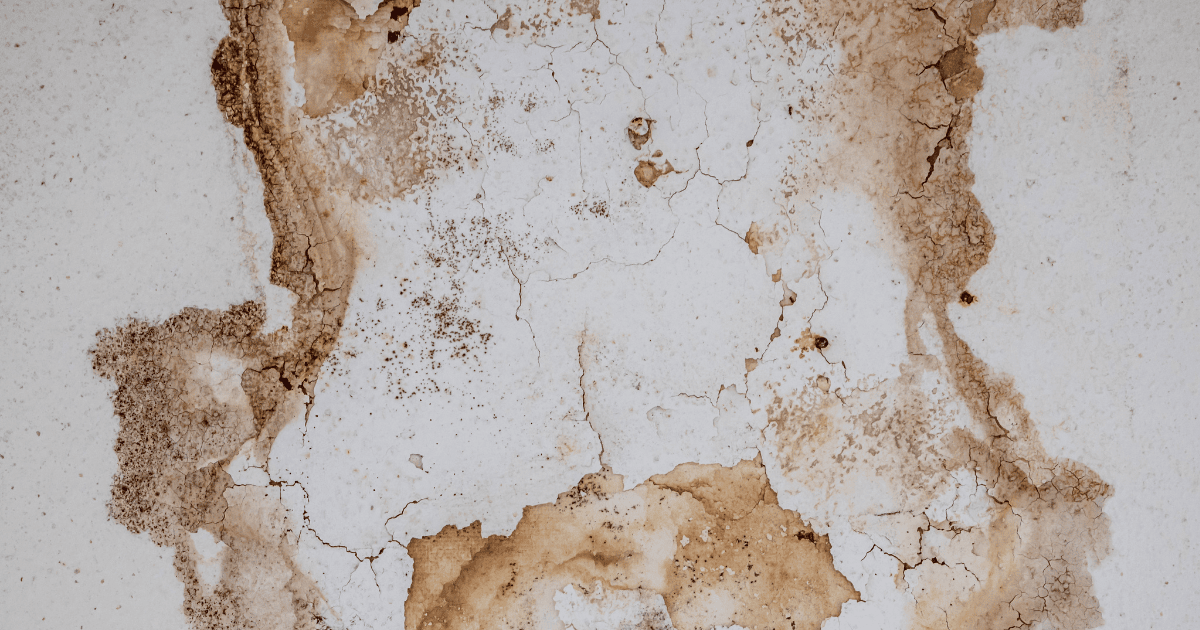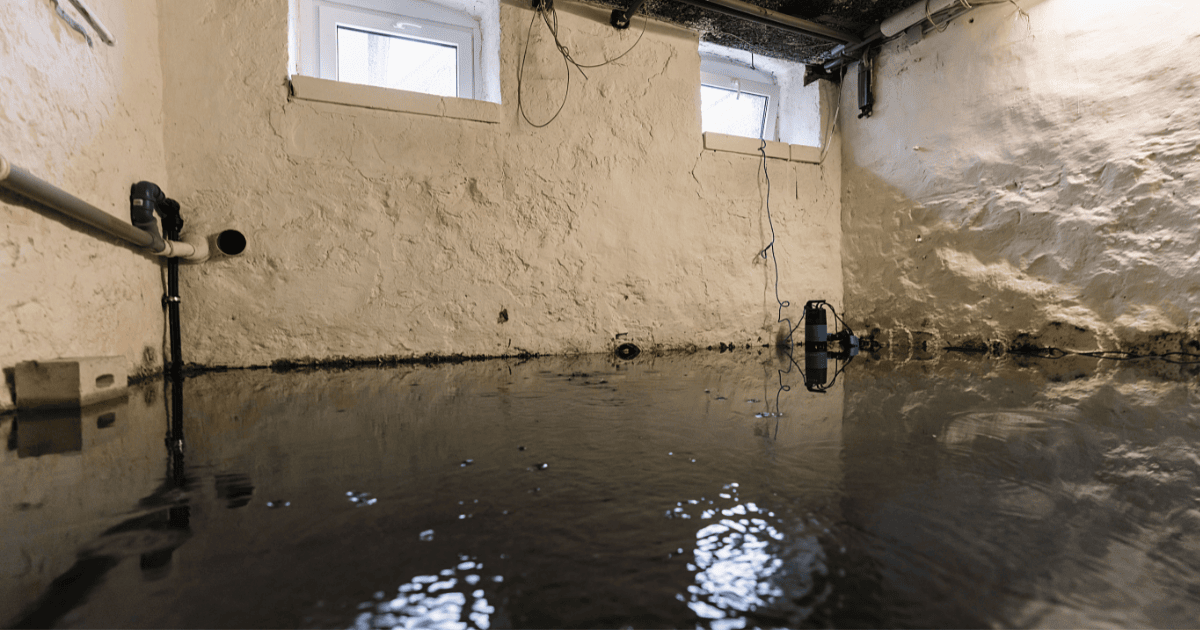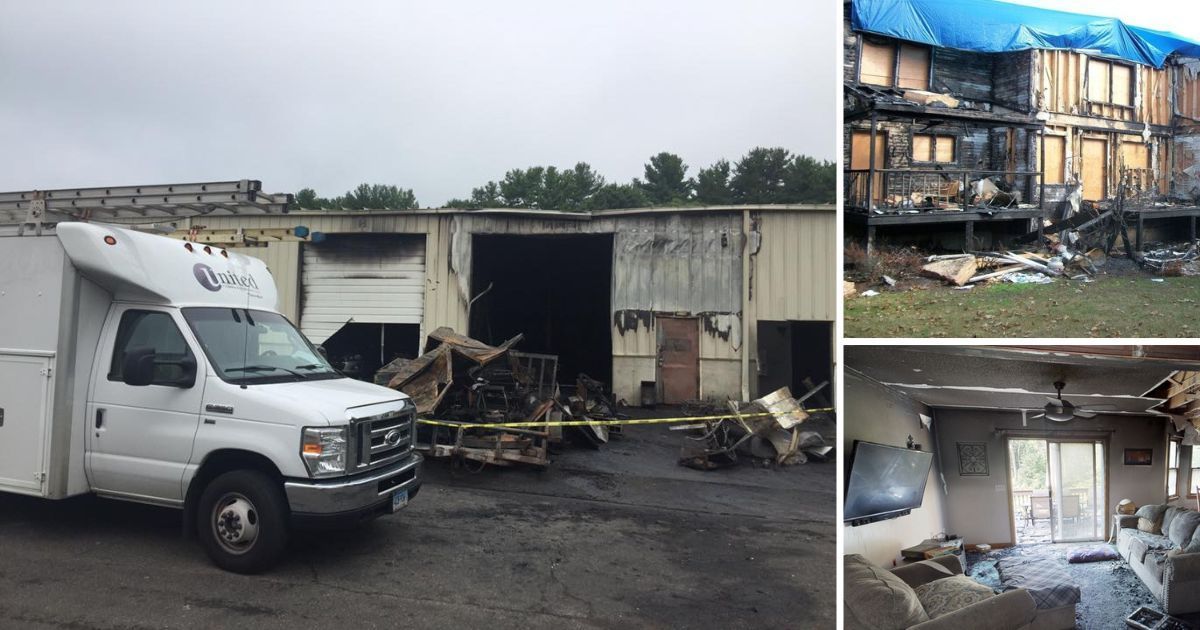The worst has happened: you've returned home to discover that you have water damage to your wood floors as a result of a burst pipe or a leaking sink. Is it time to learn how to install engineered hardwood flooring on your own, or can the damaged boards be simply replaced?
A number of factors influence the answer to this question. Given that fourteen thousand people in the United States face a water damage emergency on a daily basis, there are several factors to consider. We understand that water damage to your wood floor is a major disruption in your life, so let's get right to the factors that lead to either a new floor installation or simple wood floor
water damage repairs.
Question 1: How Long Ago Did The Damage Occur?
The first thing you must determine is how long the wood floor water damage has been there. If the water came into touch with your flooring within the last several hours, you may be able to clean up the spill with minimum damage to your floors.
However, if you were out of town and the water sat for more than a few hours, if not days, your floors are in danger. The longer water may cause damage, the more probable it is that you will need to replace your wood flooring altogether. If you are unsure when the damage happened, here are some indicators that the water has had too much time to cause devastation:
The floors are stained and discolored- Some boards are buckling and/or cupping
- Nails are popping out of the lifted boards
- Mold has began to grow
The form of the flooring is generally the first sign that they need to be changed. Although the boards may appear dry, if a hump appears or the floor begins to cup, you're certainly dealing with an issue that requires more than basic repairs. It's time to get out your laptop and start looking for a tutorial on "how to install engineered hardwood flooring."
Better yet, call United Property Restoration Services at (781) 546-5144 for professional assistance.
Question 2: What Type of Water Affected the Area?
The sort of water that caused the damage is another factor that affects whether or not you should replace your wood floor water damage. Many individuals are unaware that there are 3 types of water that might create significant issues.
- Clean Water
When it comes to fixing rather than replacing, the first type is your best choice. Water that is clean is free of dangerous bacteria. Most of the time, it comes from your sink, faucet, bathtub, shower, or even a hose. As long as it hasn't been exposed to hazardous chemicals or filthy materials, you should be able to swiftly drain the water and repair the damaged parts.
- Grey Water
Unfortunately, if your dishwasher or clothes washer leaks, it is most likely not leaking clean water. Greywater, often known as “dirty water,” has been polluted. These pollutants aren't very harmful, but they're enough to make the water suspect. Consider bleach, detergents, food particles, and so on.
Because this water is less safe, your odds of being able to repair the damaged floors are less likely. Speak with a restoration professional to determine the level of risk your boards have been exposed to. Keep in mind that if clean water is left ignored for more than a few hours, it will change into greywater. The dirtier the water grows when it comes into touch with more objects.
- Black Water
The most serious type of water damage your flooring might experience is blackwater. This liquid is derived from polluted sources such as overflowing toilets, clogged sewage systems, adjacent streams, and so on. Blackwater is deemed hazardous because it includes harmful germs and pathogens that can cause illness in humans and animals.
When your floors are exposed to blackwater for an extended length of time, you will almost certainly have to pay for new installation rather than repairs.
Question 3: How Extensive Is the Wood Floor Water Damage?
As we discussed in question one, noticeable damage to your flooring might occur when enough time has passed for the water to take effect. Even if the problem was caused by "clean" water, you should keep an eye out for the following significant indications of irreversible floor damage:
- Crowning
Crowning occurs when boards are pushed together by moisture buildup. You may most likely see boards protruding or shrinking. The boards will even lift up in the center, producing a type of hill or mound. This is a significant issue and in most situations, the wood floor water damage will require replacement to address the cupping.
- Buckling
In some cases, the wood floor water damage is severe enough that the individual floor boards will protrude. This is the most severe type of water damage, which means your hardwood floors will almost definitely need to be totally replaced.
- Staining
If you find that your wood floor water damage is losing their color, you are most likely dealing with staining. You may notice white rings, which indicate minor damage that may be repaired and refinished.
However, if you notice heavy black stains, this indicates that water has penetrated the flooring. You'll need to either make substantial repairs or entirely remove the boards.
- Cupping
Finally, cupping happens when the borders of your hardwood floors expand and become uneven. It is essentially the inverse of crowning. This might lead to significant difficulties in the future, so having new flooring put in before things worsen is probably the best option.
To keep these physical issues from happening after wood floor water damage, you'll need a lot of fans, blowers, and dehumidifiers to keep the moisture at bay. Even so, it may be too late once the water has penetrated the wood the harm is done.
Question 4: Are You in a Hurry?
The following factor to consider is your time table. If you have plenty of time to spend repairing your wood floor’s water damage, then you might not need to arrange a new hardwood flooring installation. However, if you have children or dogs who are always running about, you will most likely want a fix much sooner.
Rather than learning how to install engineered hardwood flooring yourself, we recommend having high-traffic areas' floors professionally changed as soon as feasible. This will not only restore your house to its original condition, but it will also reduce the chance of your family being exposed to sharp wood edges, buckles, mildew, and other hazards.
It is usually preferable to hire a professional to install flooring rather than wasting weeks or even months doing it yourself. Make it a point to schedule an inspection for yourself and your family as soon as possible.
Question 5: Are You Ready for a Fresh Start?
Suppose you believe your floors are repairable. The final question you should ask yourself is, "Do I truly want to repair my floors or should I just replace them?”
In order to repair wood floor water damage spots, you’ll still need to go through a lengthy process as well as plenty of expenditures. Perhaps now is a better time to start again with flooring that isn't scuffed, out of date, or damaged.
Many homeowners see water damage as an opportunity to install new flooring that is more resistant to future mishaps. After all, the average cost of repairs is at least $1,000, while a completely new installation may cost as little as $2,400.
If this type of wood floor water damage remodeling opportunity appeals to you, speak with a hardwood floor specialist to learn more about your possibilities. How much more will a complete installation cost than required repairs?
Conclusion on Wood Floor Water Damage
To summarize, our advice as floor cleaning professionals is to first evaluate the severity of the water damage and then proceed from there. If the wood floor water damage is significant, you'll likely save time and money by replacing everything rather than repairing just a few areas.
Call United Property Restoration Services at (781) 546-5144 today for 24 hour water damage restoration, fire damage restoration, or mold remediation along with any of our other services or get an instant quote from our website. Our restoration company will get to your Massachusetts home or business in 30 to 60 minutes.



